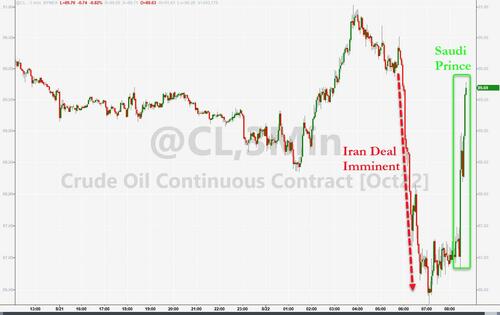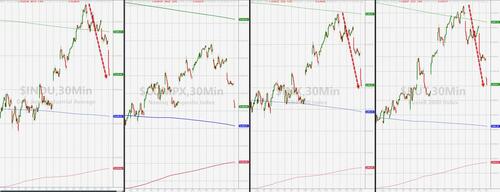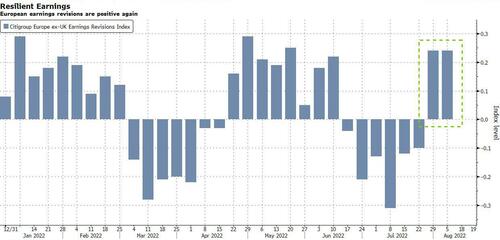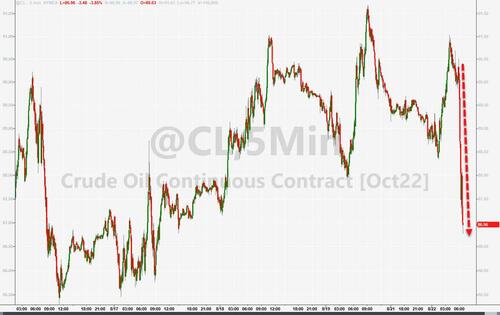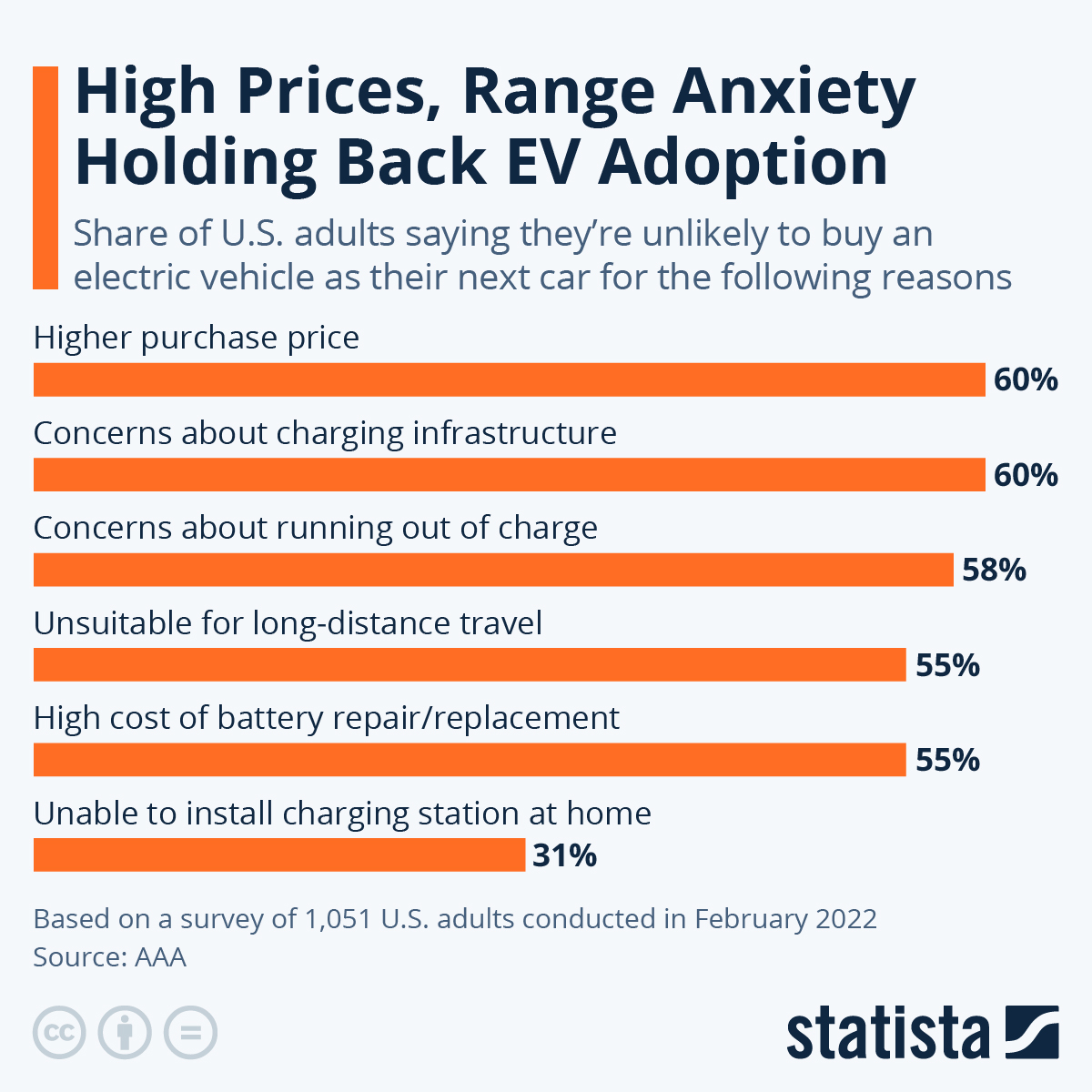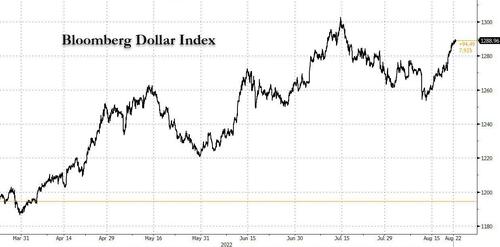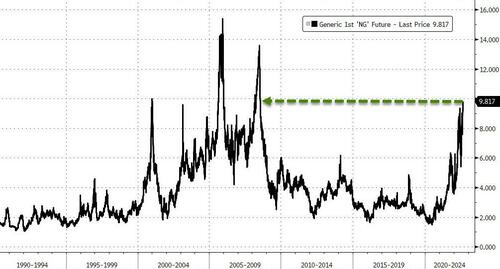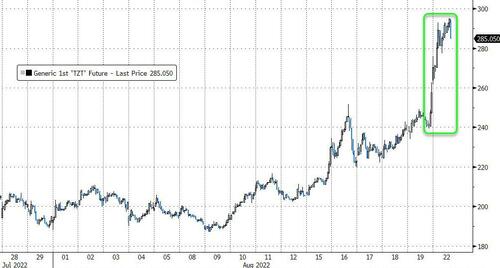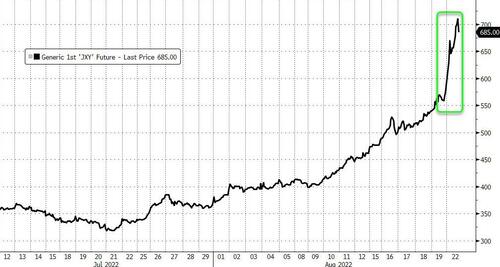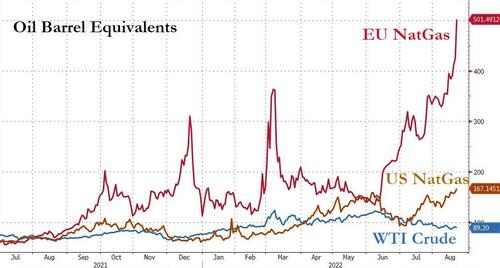It’s become commonplace to talk of an “epidemic” of mass shootings. But new data suggests the “only epidemic is in fear levels,” as Northeastern University criminologist James Alan Fox puts it.
The data come from USA Today, Northeastern University, and the Associated Press, which tracked mass murders in which four or more people (excluding the killer) were killed in a 24-hour period. Fox oversees this database, which goes back to 2006. It includes not just mass shootings but other sorts of mass murder, such as arsons and vehicular homicides.
“The number of mass killings in 2022 is about average compared with previous years despite recent shootings that captured public attention,” USA Today reports. “The number of victims is somewhat higher than average but still below previous highs.”
“Cases in which someone shoots strangers in a public place usually get the most attention,” the newspaper adds. “But fatal public shootings are a small fraction of all mass killings.”
Needless to say, murders of any kind are tragic. But the database challenges the conventional wisdom about mass murders, showing that their frequency has held relatively steady since 2006.
In 2006, there were 38 mass killings—the second highest number in the database. The year with the highest number was 2019, with 45 incidents (including 8 public shootings, 25 non-public shootings, and 12 non-shooting incidents). In 2008, there were 36 mass killings and 35 in 2021. On the lower end, there were 22 mass killings in 2012; there were 25 each in 2013, 2014, and 2018; and there were 26 in 2007. There have been 19 incidents so far in 2022.
Public mass killings occurred on average six times per year, notes Fox. The most in any one year was 10, in 2018.
Since 2006, the number of victims killed in mass murders of any sort—public and non-public, shootings or otherwise—was highest in 2019 (229 victims), 2017 (226), and 2016 (196). Before this, the highest years were 2006 (183), 2009 (172), 2021 (172), and 2008 (171).
The years with the least victims were 2020 (114), 2014 (113), 2013 (116), 2010 (121), and 2018 (140).
So far in 2022, there have been 108 people killed in mass murders—42 in public mass shootings and 66 in non-public mass shootings.
“A guy who kills his wife and children and sometimes kills himself is the most common type of mass killing,” Fox told USA Today. “Mass killings take place far more often in private homes than in schools, markets or churches.”
From 2006 to now, the data show 349 mass killings in some sort of residence or private shelter and 155 in public places, including 50 in commercial, retail, or entertainment establishments, 32 in open spaces, 12 at schools or colleges, and seven in churches. Regardless of location, the killers were overwhelmingly men.
Mass killings “take place across the country in towns of all sizes,” the newspaper notes. “Homicides with fewer than four victims are more common in larger cities, but mass killings with higher death tolls often take place in smaller towns or rural settings.”
FREE MINDS
Female voter registrations surge following abortion ruling. New data from the political data firm TargetSmart suggests that in the wake of the Supreme Court’s ruling in Dobbs v. Jackson Women’s Health Organization, some states have been seeing a surge of women registering to vote. “This isn’t just a blue state phenomena. In fact, it is more pronounced in states where choice is more at risk, or has been eliminated by the decision,” TargetSmart CEO Tom Bonier pointed out on Twitter.
The largest gender gap in new voter registrations was seen in Kansas, where voters at the beginning of August rejected an anti-abortion ballot measure. “70% of Kansans who registered to vote after the Dobbs decision was released were women,” TargetSmart reported on August 3.
Double-digit gender gaps in new voter registrations are also seen in Idaho (18 percent), Wisconsin (17 percent), Louisiana (13 percent), Pennsylvania (12 percent), Ohio (11 percent), Missouri (10 percent), and Colorado (10 percent), per TargetSmart’s data. Voter registration gender gaps ranging from 5 to 7 percent were seen in North Carolina, Connecticut, New Mexico, Alabama, Maine, Georgia, Indiana, South Dakota, Illinois, and Florida.
Drilling down a bit in some states, TargetSmart found that registrations have been heavily concentrated among younger women and Democrats. For instance, in Pennsylvania women account for more than 56 percent of post-Dobbs voter registrations. (“For reference, among all registrants in PA, women outnumber men by only a 4 pt margin,” tweeted Bonier.) More than half of these new women voters were under age 25. And 62 percent registered as Democrats, compared to just 15 percent as Republicans. New male registrants in Pennsylvania also trended young and Democratic, but by smaller margins (41 percent under age 25, 43 percent Democrat, and 28 percent Republican).
Meanwhile, “in states like New York or Rhode Island, where the right to choose is protected by state law and reinforced by state officials, the motivation amongst women to register to vote is much lower and the numbers aren’t telling the same story,” suggests TargetSmart. The gender gap among new New York voters was less than 3 percent, and in Rhode Island it was nearly equal.
FREE MARKETS
The North Carolina Department of Transportation (NCDOT) is seizing a bunch of homes so the land can be used for a auto factory. The agency plans to use eminent domain powers to make for VinFast, a Vietnamese automobile company, and for a highway project to accommodate it. “Altogether, NCDOT estimates it will need to take 27 homes and five businesses and move Merry Oaks Baptist Church,” reports The News & Observer:
“They’re going to mess up a good home place,” said Lena Stone, who stands to lose four houses—hers and three rental properties where NCDOT plans to widen Pea Ridge Road. Stone has lived there since 1973, and the property has long been a family gathering place, said her daughter, Rhonda Mitchell….
It often takes many years for NCDOT to plan big highway projects like this. But the timeline here is set by VinFast and the state’s desire to see it begin producing electric SUVs at the plant in 2024. Chatham County and the state offered the company $1.25 billion in tax and other incentives to locate here, including about $250 million for road and rail improvements in and around the site.
QUICK HITS
• Onlooker video shows police officers in Crawford County, Arkansas, beating up a man they pinned down outside a convenience store. Two of the deputies involved “have been suspended” pending the outcome of an investigation, the Crawford County Sheriff’s Office said.
• A partial hand recount of Kansas votes on an anti-abortion ballot measure confirms that the measure failed. “Nine of the state’s 105 counties recounted their votes at the request of Melissa Leavitt, who has pushed for tighter election laws,” reports the A.P. “After the recounts, ‘no’ votes lost 87 votes and ‘yes’ gained 6 votes.”
• A federal court has ruled against key parts of Florida’s “Stop WOKE Act.”
• Vietnam’s government has declared homosexuality “not a disease,” and Singapore is repealing a law that bans gay sex.
• Hugo Chavez and socialism are being “erased from the Caracas skyline,” says Bloomberg. In their place: ads for makeup, phones, and jeans.
• A Florida sheriff’s deputy has resigned after bodycam video showed him telling a speeding car “pull the vehicle over or I’ll put you into the ground” and then pulling a gun on the driver of the car, who was a pregnant woman with kids in the backseat. “Rather than immediately pull over, [the woman] turned on her emergency lights and kept driving in order to find a well-lit area,” the New York Post reports.
• Teachers in Columbus, Ohio, are going on strike.
The post Number of American Mass Murders Relatively Steady Since 2006 appeared first on Reason.com.
from Latest https://ift.tt/Zxul73d
via IFTTT
